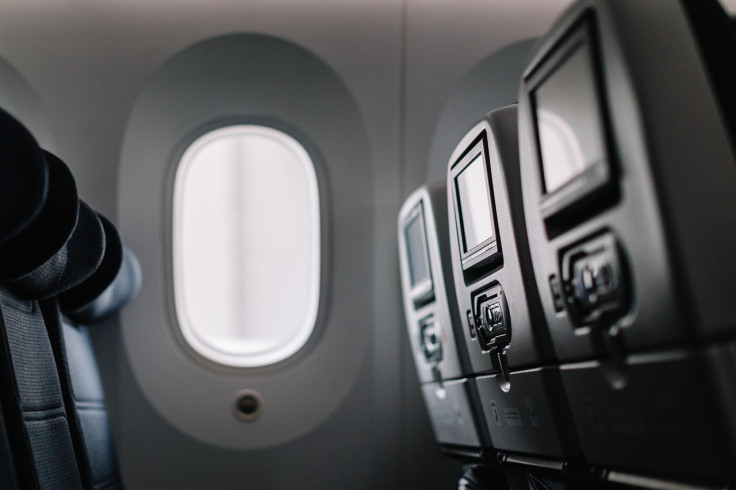Is Spirit Airlines Going Out of Business? Here's What's Happening and How It Will Affect Passengers
Spirit Airlines' financial struggles: what the 'going-concern' warning means for passengers

Little more than five months out of Chapter 11 bankruptcy, Spirit Airlines has served a brutal reality check — warning investors that now there is 'substantial doubt' about its ability to stay in flight after next year.
The airline's latest earnings report underscores 'substantial doubt' about its ability to continue operations, a stark signal that Spirit may struggle to survive in 2026 without significant changes.
The warning has reignited debate over the long-term viability of ultra-low-cost carriers in a post-pandemic market.
Known for offering some of the cheapest airfares in the US, Spirit's model has historically relied on high passenger volumes and ancillary fees, charging for extras such as cabin bags, seat selection, and refreshments, to generate profit.
Post-Bankruptcy Restructuring: A Temporary Lifeline?

Spirit's bankruptcy in November 2024 followed mounting debt, intense price competition, and a failed merger attempt with JetBlue Airways. A federal judge blocked the deal on antitrust grounds in January 2024, and the collapse of that merger deprived Spirit of a critical financial lifeline.
In March 2025, the airline emerged from bankruptcy protection after converting approximately $795 million of debt into equity and securing an additional $350 million in equity investment.
Executives outlined an ambitious plan to reposition the brand, targeting more affluent travellers through tiered ticketing, enhanced seating, and improved in-flight services. Management projected that these moves could raise per-passenger revenue by approximately 13%.
Fresh Warnings Amid Lingering Struggles
However, just months later, Spirit's optimism has given way to caution. The airline cites several persistent headwinds:
- Weak domestic leisure demand, particularly in off-peak months.
- Overcapacity in the US domestic market is pressuring fares.
- Liquidity covenant risks, as the carrier faces strict financial performance requirements tied to credit agreements and payment processors.
In response, Spirit plans more aggressive cost-cutting: furloughing 270 pilots, downgrading 140 captains, trimming underperforming routes, and considering the sale of aircraft, airport gates, or real estate.
The Financial Impact: Market Shockwaves

The going-concern warning triggered an immediate sell-off. Spirit's shares plunged by more than 40% in a single day, erasing hundreds of millions in market value.
Rival budget carriers such as Frontier and Allegiant, along with legacy airlines, saw share price gains on speculation that Spirit's troubles could reduce competition and strengthen their market position.
A key concern for analysts is pricing. On many routes where Spirit competes, its fares are typically 15% lower than those of its rivals. Should Spirit scale back or collapse entirely, travellers could face notably higher prices.
What This Means for Travellers

For now, Spirit is still flying. Passengers holding tickets should closely monitor flight status and official airline announcements. While US law requires airlines to refund customers for cancelled flights, disruptions could still mean delays in receiving compensation or having to find more expensive last-minute alternatives.
Frequent flyers may also be concerned about loyalty schemes and vouchers. Historically, airlines in Chapter 11 have honoured these programmes, but if Spirit were to liquidate rather than restructure, customers could lose unused points or credits.
The airline has stated that it intends to maintain its schedules while exploring strategic options, which could include asset sales, additional financing, or a renewed merger attempt; however, regulatory approval remains uncertain.
Why Spirit's Struggles Reflect a Bigger Industry Question

Spirit's warning underscores broader challenges facing the ultra-low-cost carrier model in the US. After the pandemic, passenger numbers rebounded, but cost pressures, including those from fuel prices and labour agreements, have risen sharply. In addition, consumer expectations for comfort and flexibility have shifted, making bare-bones service a more challenging sell in specific markets.
Ryanair and Wizz Air in Europe have shown that ultra-low-cost can thrive with tight cost control and high fleet utilisation. Still, US geography, union dynamics, and competitive structures make direct comparisons tricky. Spirit's fate could act as a litmus test for whether the model can be sustainably adapted in the American market.
Looking Ahead: The Next 12 Months Will Decide

The airline's survival will depend on several key factors:
- Restoring investor confidence to prevent further share price erosion.
- Securing bridge financing or restructuring existing debt.
- Rebalancing capacity to match demand while keeping unit costs low.
- Persuading customers to pay more for enhanced service without losing its budget-friendly identity.
If Spirit succeeds, it could emerge leaner and more competitive. If it fails, liquidation or a takeover may be inevitable, leaving a gap in the US budget travel market that competitors would be quick to fill.
For now, Spirit's yellow-and-black planes will continue taking off. But behind the scenes, the clock is ticking and the airline is facing the fight of its corporate life.
© Copyright IBTimes 2025. All rights reserved.





















